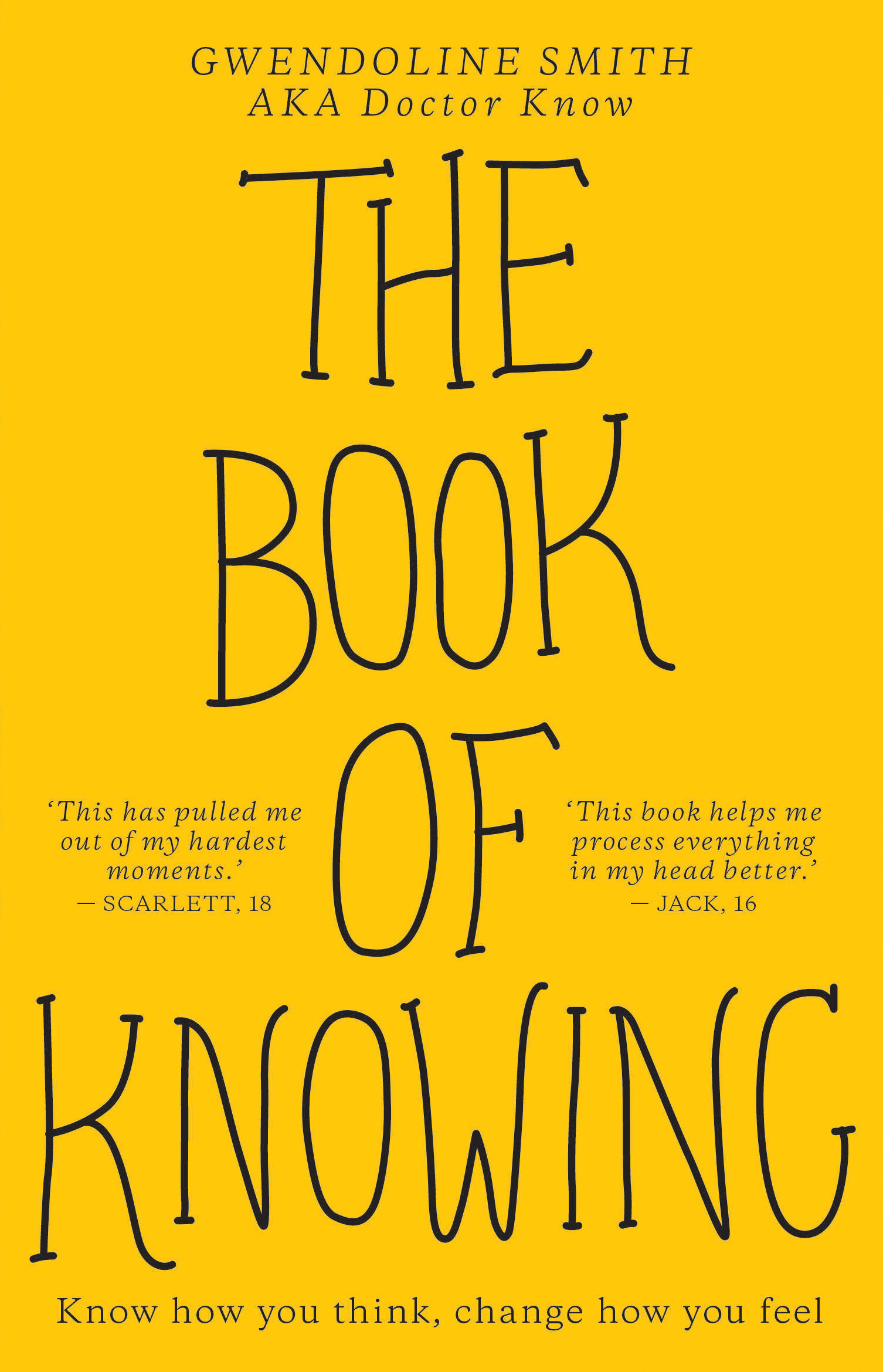By Gwendoline Smith
In this new book, psychologist Gwendoline Smith (AKA Doctor Know) teaches teens about what’s going on in their minds and how to get their feelings under control. It’s designed to help them adapt and feel better about their place in the world, cope with anxiety and put their negative inner voice in check – useful for the start of the school year.
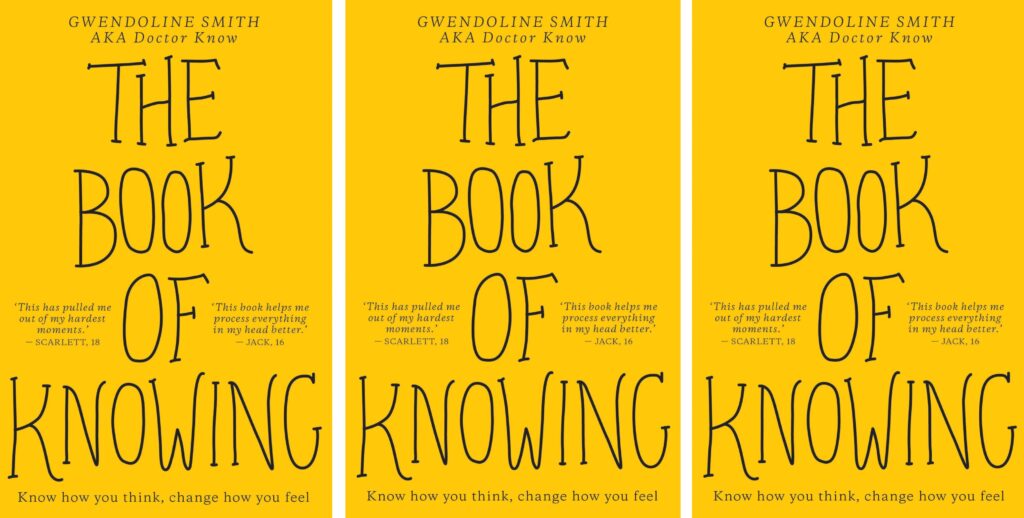
From Chapter 2
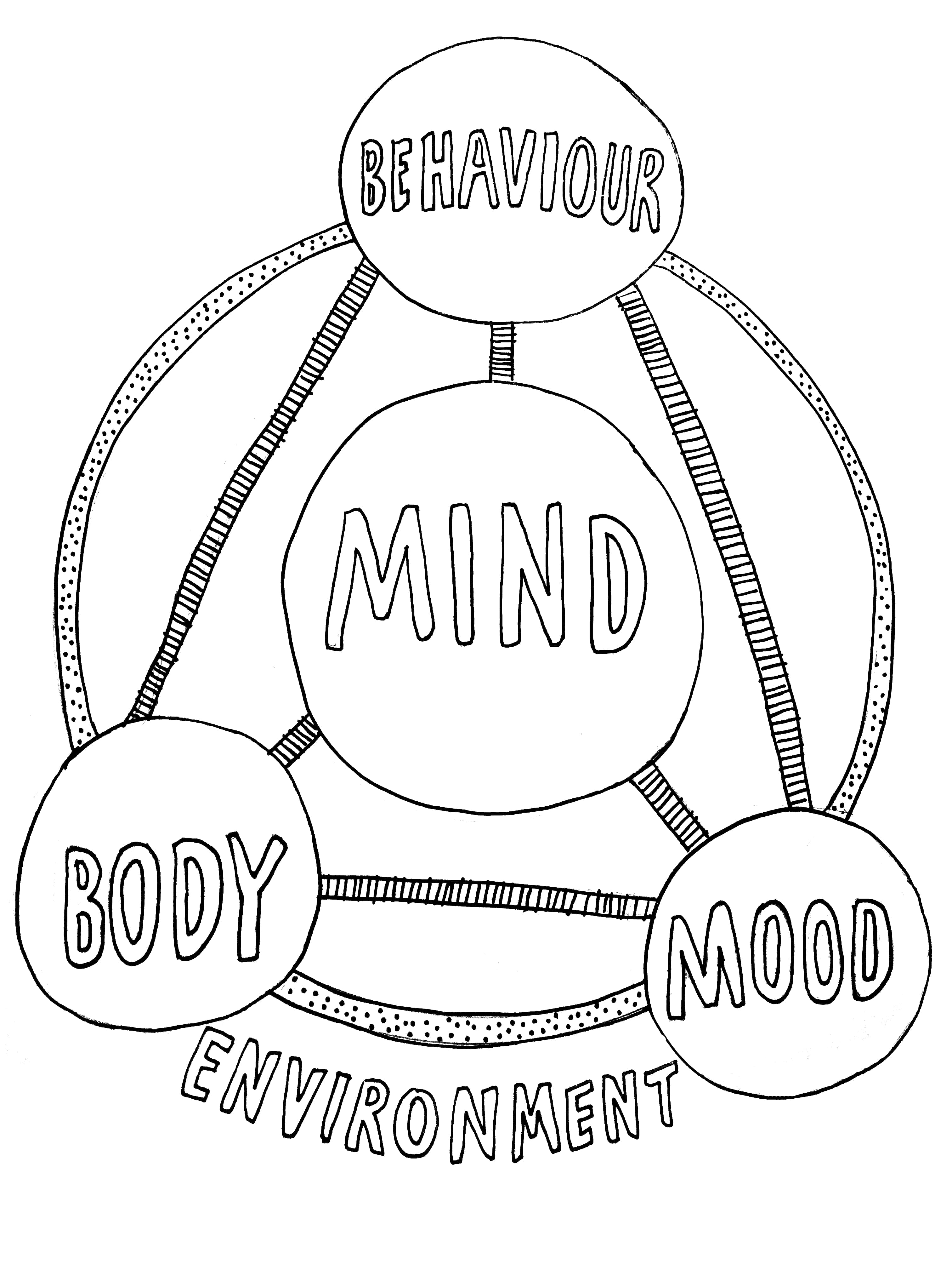
When I’m teaching I like to start off with the diagram [above]. This is a very standard template that explains the basis of cognitive behavioural therapy and how it all works. It is simple and in its simplicity lies Aaron Beck’s genius. I describe it this way—I hope Dr Beck would approve.
The first thing to remember is that our heads are attached to our shoulders. Not only that, but the brain is in charge of everything. It’s not called the ‘headquarters’ for nothing.
All of our physical sensations (body), everything we do (behaviour), everything we feel (mood) and our thinking (mind) are all inextricably linked to the brain. And all of these interact with the world around us (environment).
We could say, ‘I am a brain,’ but humans prefer to say, ‘I have a brain,’ hanging on to the belief that the ‘I’ is the self, and the self is a separate entity. This separate entity is where the soul supposedly lives—though that debate would require another book.
Let’s use exercise as an example. Let’s say you like to go for a run or go to the gym several times a week. One day, while out running, you sprain your ankle and have to have it strapped up (body). This means no exercise for some time. You may start to worry that you are going to get fat and out of condition (mind). These thoughts can then create discomfort and/or anxiety (mood).
When you exercise, your body releases biochemicals called endorphins, which have a positive effect on your feelings. Because you are not running, you are not getting those endorphins or any of the other physical benefits of exercise (body), and you worry that you are going to turn into a fat slob (mood).
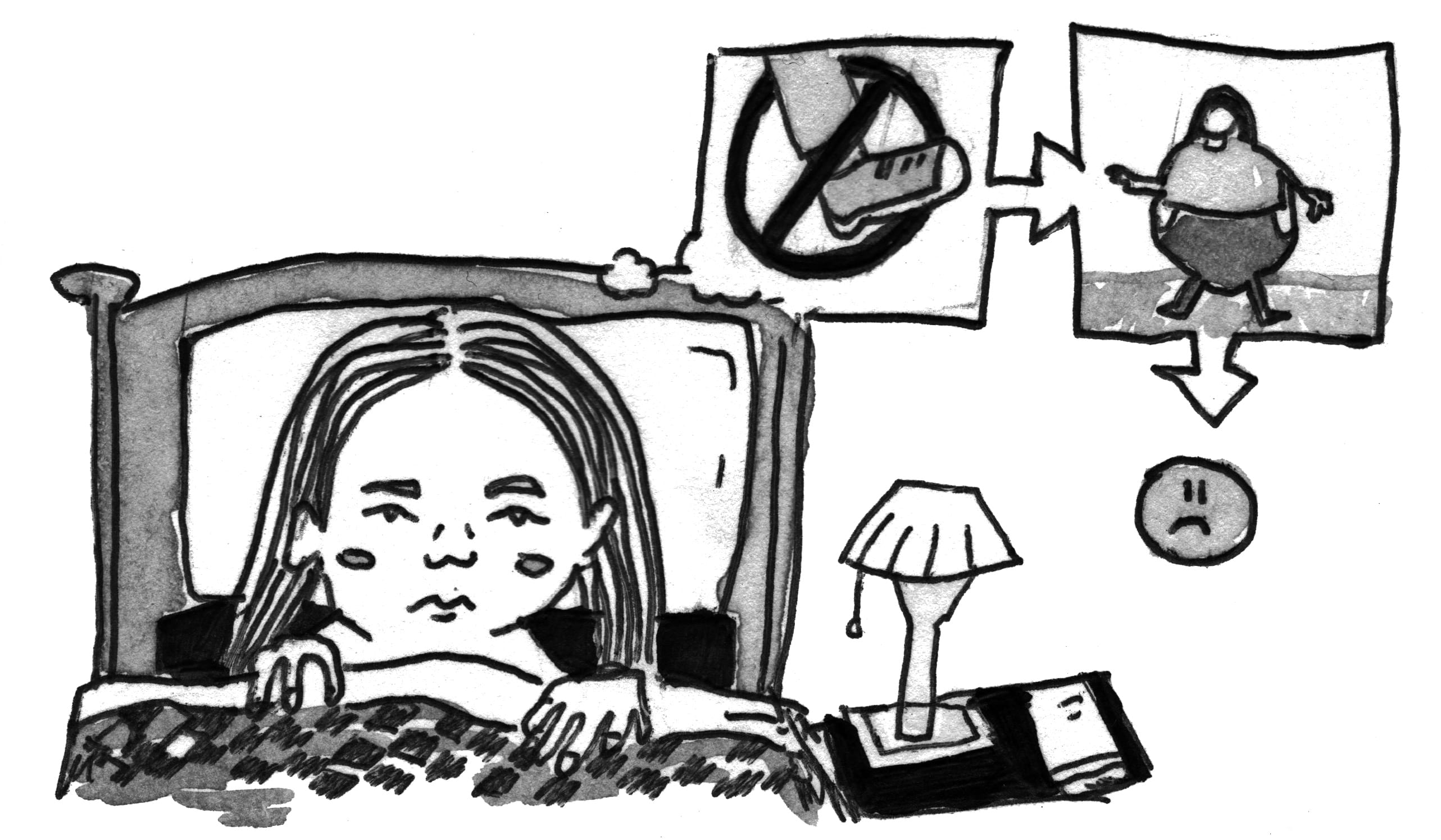
It’s been three days now, you’re still in bed, coughing and sneezing with the occasional bit of wheezing (body).
You go to the bathroom to grab some cough mixture and happen to notice the scales. You get on them (behaviour) and yes, you’ve increased in weight (body). This of course can be easily accounted for by no exercise and comfort-eating chocolate ice cream and pizza (behaviour and body).
OMG I’m huge!, you think to yourself. I’m so fat and ugly and I’m never going to stop growing! I’ll be fatter than anyone I know! This is a disaster, I hate myself. I’ll never be able to go out again. (mind)
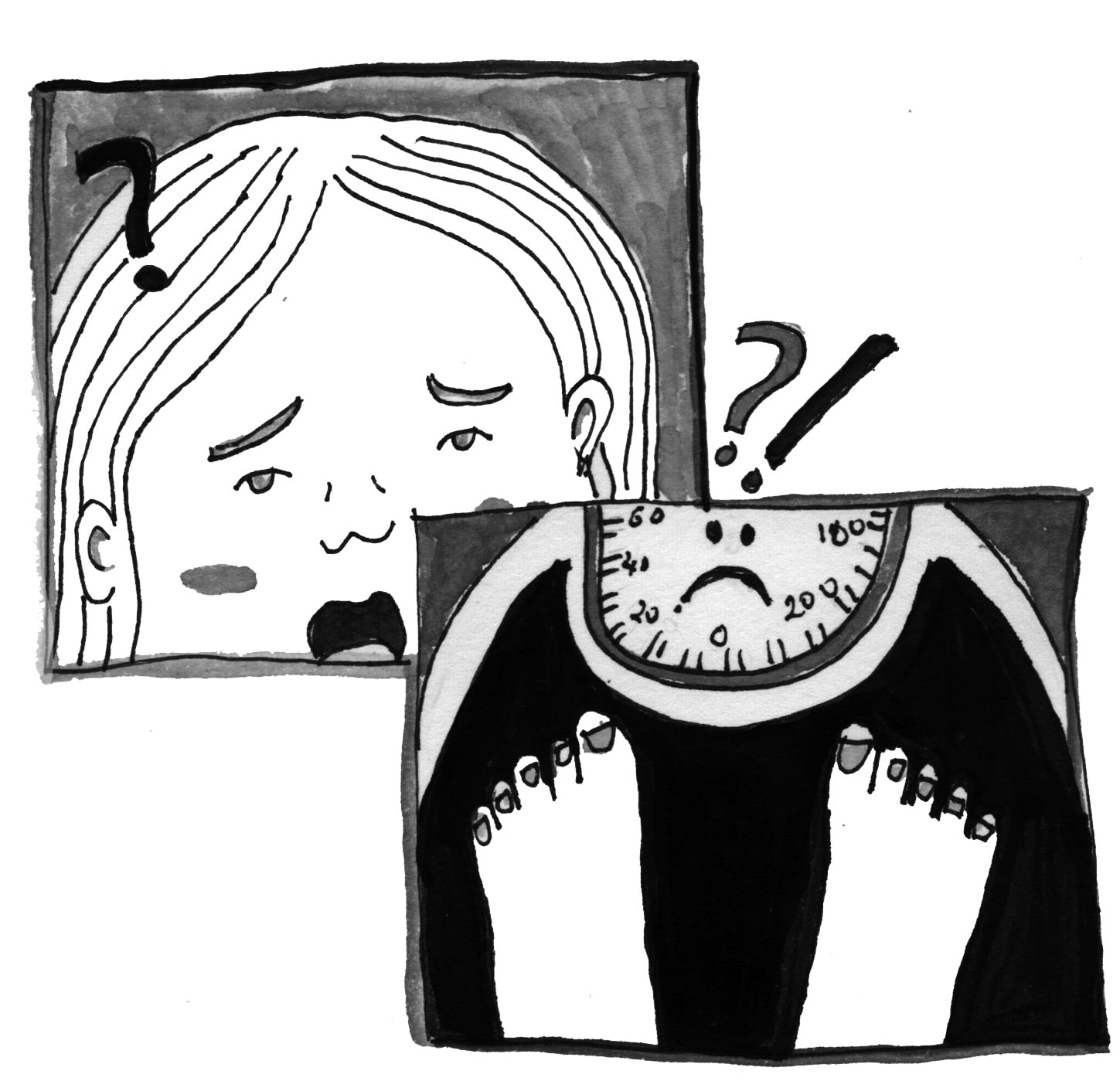
Then, in a nanosecond, you feel terrible, your mood drops further, and you become anxious about this perceived never-ending weight gain (mood).
You go back to the bedroom, switch your phone off (behaviour) and cry (mood and body). My life is a mess! (mind). This thinking spiral can go on indefinitely. More dominoes, more negative thinking, more distress. This small example illustrates the power of thought and its ability to trigger all of those behavioural, emotional and biological responses.
Here again you get to see that how you think influences how you feel. So it makes sense that if you understand how you think, you will be able to manage how you feel.
These four different domains—body, behaviour, mood and mind—make up who we are. They all impact on each other. They do NOT operate in isolation. Because the head is attached to the body.
Excerpt published by permission from The Book of Knowing by Gwendoline Smith, published by Allen & Unwin NZ, 2019
